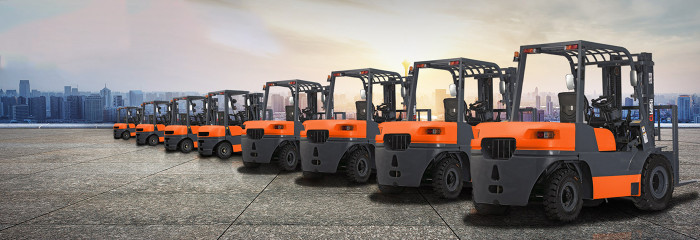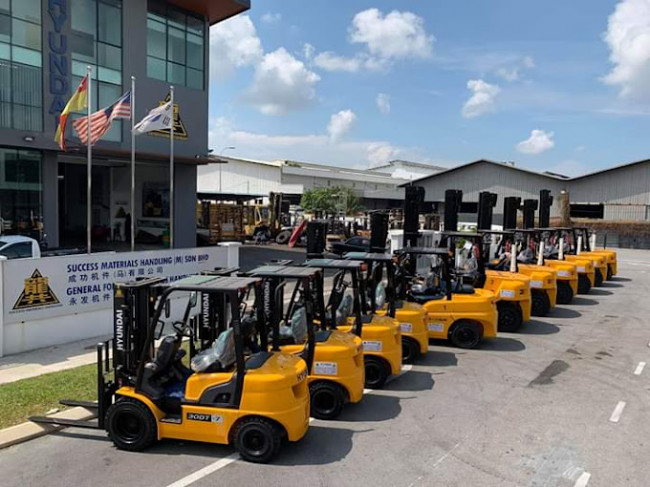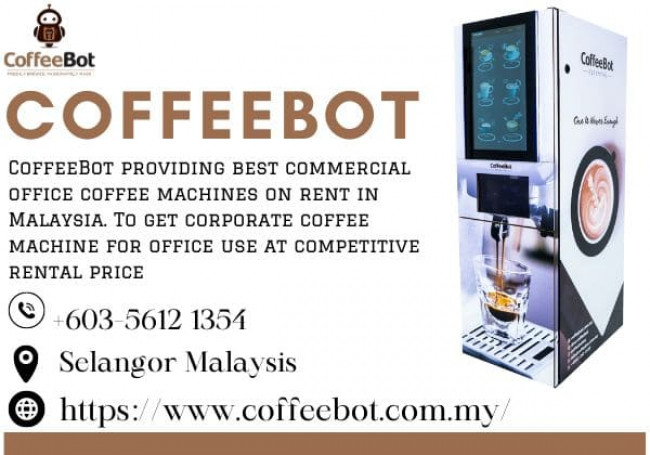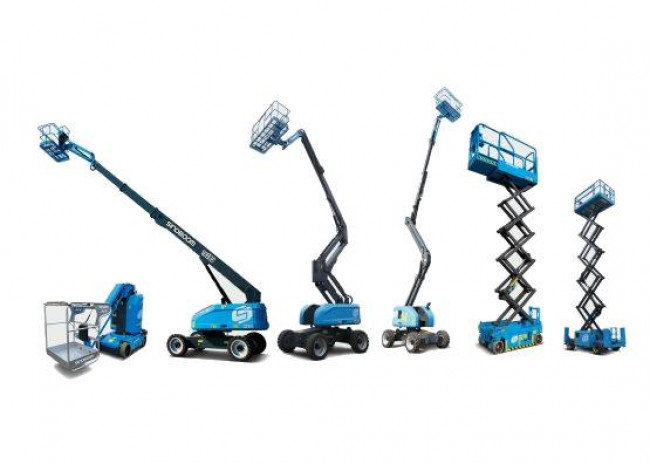The forklift trucks are the powerhouse of innumerable industries. They cater to the moving, handling, and stacking of pallet loads of goods for warehouses and distribution and construction sites. The possibility of lifting and moving loads of great weight largely increases productivity not only at an operational level but also in terms of time. On the other hand, a machine with such strength is also dangerous by nature. Operated without proper training and appropriate safety measures, a forklift truck may cause a fatal accident.
Safety First: Legal Requirements and Common Risks
Every workplace, therefore, is under a legal obligation to see that all its employees work under safe conditions. This may take the form of both safety procedures and training programs that relate to the operation of forklifts. Common forklift-related accidents include:
Tip-overs: These can occur due to overloading the forklift, uneven surfaces, or making sharp turns at high speeds.
Falling Objects: Unsecured items being transported or exceeding the lifting capacity of a forklift when lifting hefty items can result in objects falling from a height, and these could then result in injury to forklift operators or
Pedestrian Collisions: Forklifts and pedestrians sharing the same space pose a significant risk.
Crushing Injuries: Operators or bystanders can be crushed by a moving forklift or its load.
Essential Forklift Truck Safety Practices
Operator Training and Certification
The foundation of forklift safety lies in a qualified and well-trained workforce. Here's what you need to know:
Types of Forklifts and Certifications: Different types of specific certifications are required for carrying operations with several types of forklift trucks. This involves sit-down counterbalanced forklifts, electric pallet jacks, and reach trucks. Each specific category should contain its training and certification to be presented.
Pre-operation Checks: The operator is to check the forklift in detail before starting his shift. This includes fluids and tyre pressure levels, checks for any leakages, and damage to the tyres, and all safety features are checked.
Operating Practices: Training to include the way to move loads correctly, procedures for lifting and lowering and for stacking and unstacking loads, and maintaining safe speeds and clearances from pedestrians and other obstructions or obstacles.
Workplace Safety Measures
Further to that, you should be working to develop an excellent working environment where forklift operation is carried on safely for the operators. Some of the important steps in this regard are as follows:
Designated Traffic Areas and Clear Ways: Clearways for the forklift shall be provided in the warehouse and workplace, free from all sorts of clutters and debris, so that smooth and safe movement of traffic is allowed.
Signage and Markings: There are vital uses of proper signage. This includes weight limit signs for some areas, among other things, hazard warnings, pedestrian cross areas, and other further markings including traffic lanes and pedestrian walkways.
Pedestrian Safety Protocols: The persons who are in forklift zones should be in high visibility, and they should make sure that they are alive to the chances of accidents from forklifts. They should only be allowed into the places that are on a need basis, keeping their safety in perspective.

Forklift Truck Maintenance and Inspections
Regular maintenance and a pre-shift inspection are paramount regarding the absence of malfunctions to ensure that the forklift trucks are operating in a safe way.
Scheduled Maintenance: Compliance with the manufacturer's scheduled maintenance program will identify problems that need correction before they become larger problems.
Pre-shift Inspection: Visual inspection of the forklift by the operator. Such inspections shall note any leaks, parts likely to be loose, and damage that would affect safety.
Genuine Parts and Qualified Manpower: The integrity and efficiency of the safety features in the forklift remain uncompromised with genuine parts and qualified manpower for repair.
Minimizing Risks: Utilizing Technology and Automation
With the best safety training and workplace guidelines, accidents can still be inevitable. But the recent good news is that technology has put in our hands some amazing tools to keep us even safer when operating a forklift.
Advanced Forklift Features for Enhanced Safety
Modern forklifts have been incorporated with technological features that are meant to prevent accidents and losses of operators and passersby through the following:
Load Capacity Indicators and Overload Protection Systems: To avoid tip-overs, these devices alert the operator if they are trying to carry a weight that is heavier than the forklift can handle.
Reverse Cameras and Blind-Spot Detection Systems: Assist in proper visibility, especially when reversing or manoeuvring in tight places that may result in contact with pedestrians or objects.
Speed Limiters and Stability Control Features: These are the technologies that automatically limit the speed of the forklift or increase stability while on a turn or a rough surface, respectively, hence reducing incidences of accidents arising from falling off or over-speeding.
Exploring Automation Options in Material Handling
Human error is a major safety factor in warehouses and distribution centres. Automation provides a clear and compelling answer to reduce human error. Still more:
Automated Guided Vehicles (AGVs): These are unmanned vehicles moving goods over the floor surface of the facility following fixed paths. It is enabled to work 24 hours without the problems resulting from human errors or fatigue, i.e., efficiency is good.
Safety benefits of AGVs: Another benefit that comes with AGVs, apart from safety benefits, includes improved productivity. They are put to function in narrow aisles and low-light conditions, thereby streamlining the process of material handling while reducing the use of labour. They will also run in narrow aisles and work in low-light conditions.
Feasibility and Cost Considerations for Automation
While automation offers significant benefits, it's important to consider its feasibility and costs:
Warehouse Layout and Requirements: AGV best applies to an environment with clear routes. Warehouses, therefore, whose layout is complicated and where change is often witnessed are not, therefore, fit for AGV implementation.
Initial Capital Investment: Costly to purchase and install. However, the costs related to the initial capital investment can be offset in the long run through the savings from the operation, thus improving efficiency and reducing accidents.
Forklift Truck Rental: A Viable Option
However, not all businesses would find this essential to keep a permanent fleet of forklift trucks. That's where fork truck rental could come in handy. Here are the following instances when renting a forklift may not be such a bad idea:
Short-term Projects: This is whereby a project has been given or during the seasons of an increase in activity; the best way is to rent a forklift because it's the cheapest way. This is done to avoid incurring overhead costs of ownership, including maintenance and storage when out of active use.
Specialized Forklifts: For operations requiring specialized types of forklifts, like a reach truck or very narrow aisle (VNA) truck, it may be far cheaper to rent such equipment than to acquire a special vehicle for occasional use.
Equipment Availability: There are many different models of fork truck rental in rental companies, so one can find the very equipment he needs for the job, even if it is something very not usual.
















